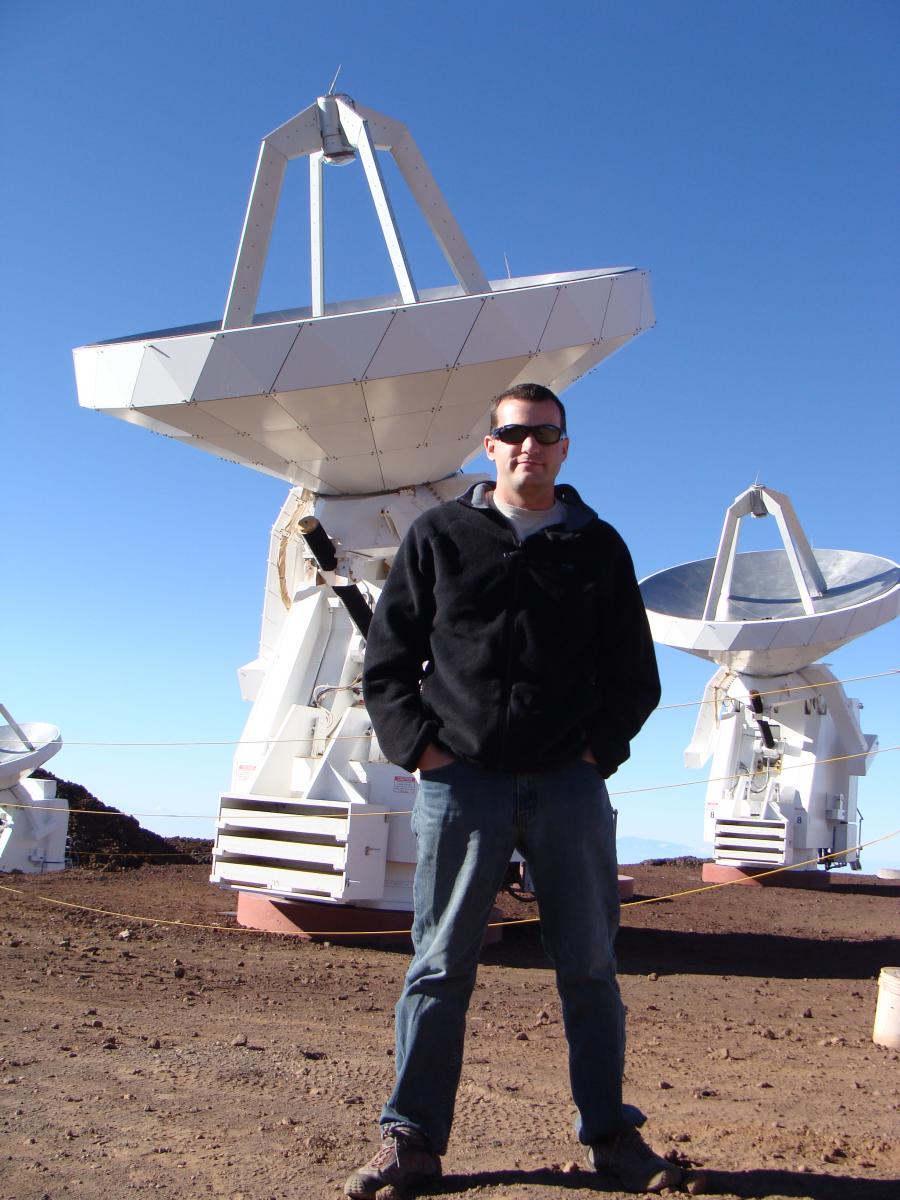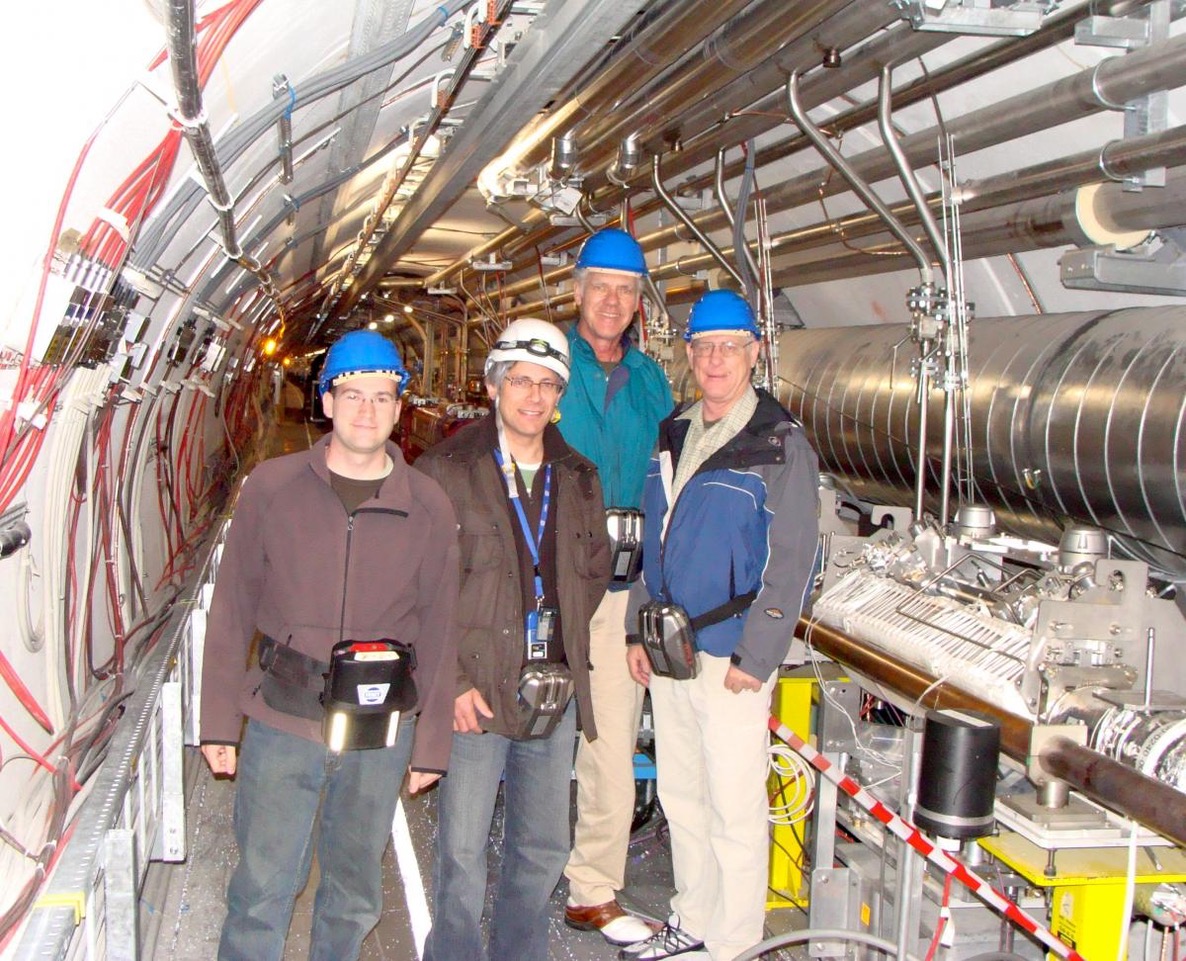 Jeffrey Smith
Jeffrey Smith
Data Science Chair, Data Scientist
Location: Mountain View, CA
Biography
Dr. Jeffrey Smith began his academic passion in the field of Accelerator Physics. After building a cyclotron, a small particle accelerator, as an undergraduate at Knox College, Jeff matriculated at Cornell University furthering his passion for high energy particle accelerators and uncovering the inner workings of fundamental particles & the Universe. His Ph.D. thesis was on the design of the International Linear Collider (ILC), a 22 mile-long electron-positron accelerator that will complement the discoveries being made at the Large Hadron Collider (LHC) at CERN in Geneva, Switzerland. In order to increase the chances of creating rare particle events, the two particle beams colliding in the ILC must be very well concentrated onto an area smaller than the size of a hemoglobin molecule. Jeff developed methods to preserve the small sizes of the beams, along with their polarization, over the full 22 mile long length of the machine. After Cornell, Jeff joined the SLAC National Accelerator Laboratory at Stanford University to continue his work on the ILC and also to develop upgrade hardware for the Large Hadron Collider (LHC). As was demonstrated during its catastrophic failure soon after start of operation, the LHC requires sophisticated methods to protect itself from the very beams it creates. Jeff contributed to the development of a new collimation system to help ensure such failures never happen again. The new collimation system was installed in the LHC during the most recent major shutdown in 2013.
After a successful career looking into the tiniest of inner-spaces Jeff decided to look up to the stars. Dr. Smith Joined the SETI Institute and began developing data processing and planet detection algorithms for the NASA Kepler and TESS Missions. Launched in March 2009, the Kepler Spacecraft has found well over 3000 confirmed planets. TESS has so far found over 600 confirmed planets and counting. Eking out planet signals in the Kepler and TESS Data has proven to be a challenging and rewarding endeavor. Signals must be found down to 20 parts-per-million — that’s equivalent to finding a 2 micron bump on a 4 inch cannonball (a human hair is 80 microns thick)! To this end, a sophisticated data processing pipeline has been developed to proceed from raw pixel data to planetary signals.
Dr. Smith is now chair of Data Science at the SETI Institute and is involved in a diverse variety of projects. Dr. Smith is developing an automated bolide (bright meteor) detection and characterization pipeline using Earth imaging instruments, funded by NASA's planetary Defense Coordination office. The goal is to generate a large catalog of calibrated bolide light-curves to provide an unprecedented data set which will be used to inform how incoming large bodies interact with the Earth’s atmosphere and to infer the potential threat posed to humanity and the planet. Dr. Smith is also involved in several other fascinating projects and is always looking for novel ways to apply his skills to SETI Institute related activities.
Topics
✓ Exoplanets
✓ Applied AI & Machine Learning
Languages Spoken
✓ English
Select Articles
Unlocking Insights into Asteroid Impact Risks: SETI Institute Leverages Weather Satellite Data and AI
seti.org
11-16-2023
)


